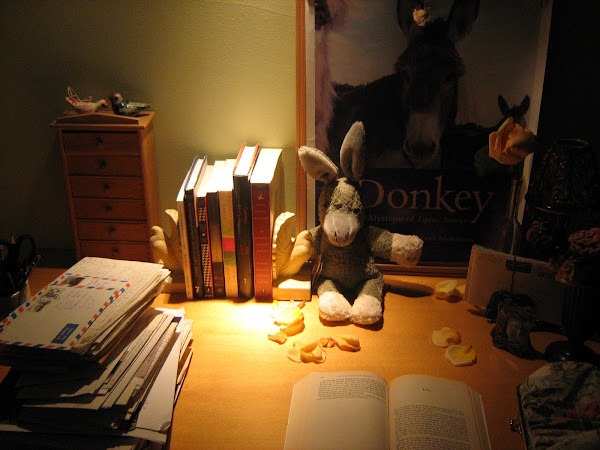
In preparation for my appearance at Kepler's next week on Thursday, February 11th, where I will be discussing my novel True Confections with the wonderful Susan Karl, President and CEO of the Annabelle Candy Company (makers of Big Hunk, Look, U-No, Rocky Road, and Abba-Zaba), I want to talk here about aspects of reading and writing fiction, and I invite you to respond with your own thoughts. So this is the first of three guest posts this week.
I would also like to encourage visits to a website where the fiction of True Confections continues beyond the page, http://www.zipscandies.com/, where a musical contest with prizes for all entries awaits. There will be candy for all and prizes for the bold on the 11th, too, so do visit the Zip's Candies website, view the original 1960 commercial, download the sheet music, and start practicing your renditions of the vintage Little Sammies jingle, "Say, Dat's Tasty!"
How to Read a Novel, Apparently
At a panel discussion about book groups at last year’s BEA, I was not surprised to hear each of the panelists agree that the most successful way to lead a book group discussion is to research the author’s biography in order to discuss it and make connections between the author’s life and the chosen novel. I wasn’t surprised, because this focus has been part of my experience in the q & a at library talks, in bookstores, and in book group meetings each time I publish a novel, but perhaps it has become especially noticeable in recent years, when I was on the road for my last novel, Triangle, which came out in 2006, and now with True Confections, which has just been published. I recognize that this discussion strategy has become the default assumption about the best way to understand a novel, just as it has become the default assumption about optimal questions for the author. And whether or not the author is present, finding the links between the author’s experience and history and the novel’s characters, setting, and events has in many instances become the core of any conversation about the novel.
Why has identifying and checking off a factual basis for each significant element in the fiction somehow become the goal of many readers? Why do readers feel compelled to read through the fiction looking for the actual underlying facts, as if a novel is an autobiographical puzzle created by the author to challenge every reader? Why do so many readers approach a novel as if there is supposed to be a goal in reading, and that goal is solving this puzzle? This is not how people used to read novels, I am pretty sure.
We all know people (or perhaps we are those people) who can only go on a walk in the woods with binoculars, a bird guide, and a copy of their life list. We all know people who cannot simply gaze at the stars. They automatically begin identifying constellations. I do understand this impulse to organize the chaotic information the world throws at us in a skillful way that is reassuring to us because it makes us feel authoritative and competent and in control. But the Sudoko approach to reading a novel deprives the reader of the deepest and most satisfactory form of true engagement that fiction can offer us. What do you gain from knowing that the author of a novel about horses grew up on a ranch, or grew up in a city and never saw a horse until he was 27? What difference does it make to you as a reader? Why does it matter? Does it enhance your reading of the novel, or does it impair your chances at any sustained flight into the willing suspension of disbelief? If you need facts and facts and reality and more reality, why are you reading a novel?
Why do we read novels?









